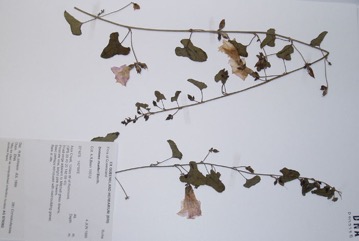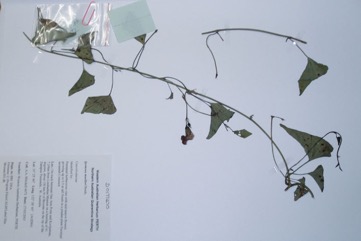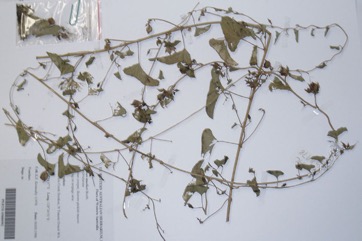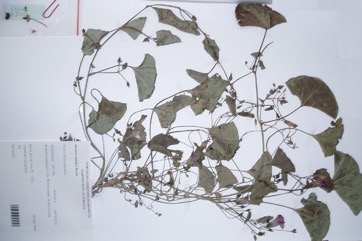Native Morning Glory, Poison Morning Glory

It grows in inland Australia and into seasonally dry tropical regions. It suits warm to hot climates. It needs a well drained soil and an open sunny position. It can tolerate moderate frosts. It can tolerate fire and drought because of the rootstock. It can grow in arid places.
Also known as:
Gandjidard
Edible Portion
- Root, Seeds
Where does Native Morning Glory grow?
Found in: Australia
Notes: There are about 500 Ipomoea species. The leaves of this species are poisonous to sheep.
Status: It is not a major food.
Growing Native Morning Glory, Poison Morning Glory
Cultivation: Plants can be grow from seed. Cuttings are difficult to get to grow.
Edible Uses: The root is eaten. The seeds may also have been eaten. The leaves have been reported as being poisonous to sheep.
Nutrition Info
per 100g edible portion| Edible Part | Energy (kcal) | Protein (g) | Iron (mg) | Vitamin A (ug) | Vitamin c (mg) | Zinc (mg) | % Water |
|---|---|---|---|---|---|---|---|
| - | - | - | - | - | - |
Native Morning Glory, Poison Morning Glory Photos




References
Cancilla, D., 2018, Ethnobotanical and Ethnozoological Values Desktop Assessment - Eliwana Project. p 13
Cherikoff V. & Isaacs, J., The Bush Food Handbook. How to gather, grow, process and cook Australian Wild Foods. Ti Tree Press, Australia p 190
Crawford, I. M., 1982, Traditional Aboriginal Plant Resources in the Kalumburu Area: Aspects in Ethno-economics. Records of the Western Australian Museum Supplement No. 15
Cribb, A.B. & J.W., 1976, Wild Food in Australia, Fontana. p 103
Elliot, W.R., & Jones, D.L., 1990, Encyclopedia of Australian Plants suitable for cultivation. Vol 5. Lothian. p 430
Fl. austral. 4:423. 1868
Jones, D.L. & Gray, B., 1977, Australian Climbing Plants. Reed. p 116
Kenneally, K.E., Edinger, D. C., and Willing T., 1996, Broome and Beyond, Plants and People of the Dampier Peninsula, Kimberley, Western Australia. Department of Conservation and Land Management. p 91
Latz, P.K., 1996, Bushfires and Bushtucker: Aboriginal plant use in Central Australia. IAD Press Alice Springs p 216
Lazarides, M. & Hince, B., 1993, Handbook of Economic Plants of Australia, CSIRO. p 138
Morley, B.D., & Toelken, H.R., (Eds), 1983, Flowering Plants in Australia. Rigby. p 261
Paczkowska, G. & Chapman, A.R., 2000, The Western Australian Flora. A Descriptive Catalogue. Western Australian Herbarium. p 218
Urban, A., 1990, Wildflowers of Inland Australia. Portside editions. p 159
Wheeler, J.R.(ed.), 1992, Flora of the Kimberley Region. CALM, Western Australian Herbarium, p 746